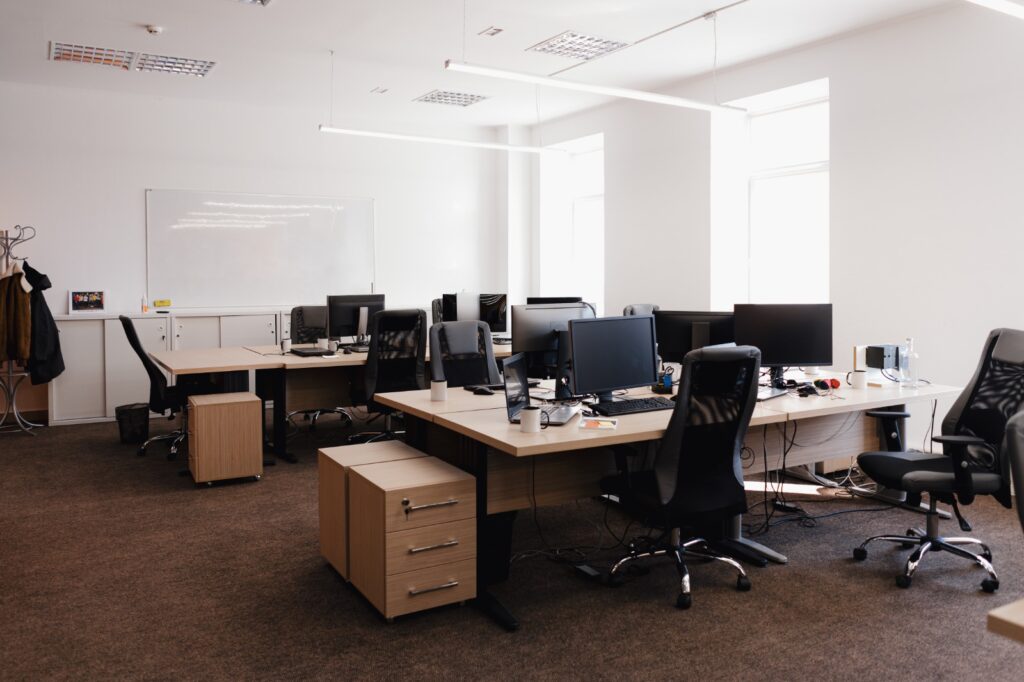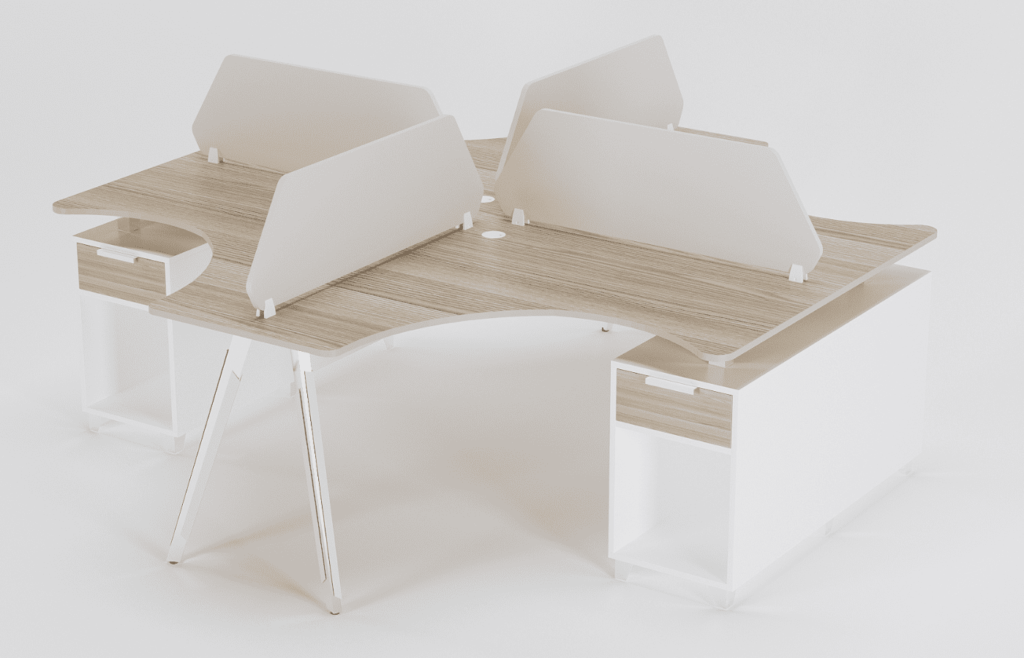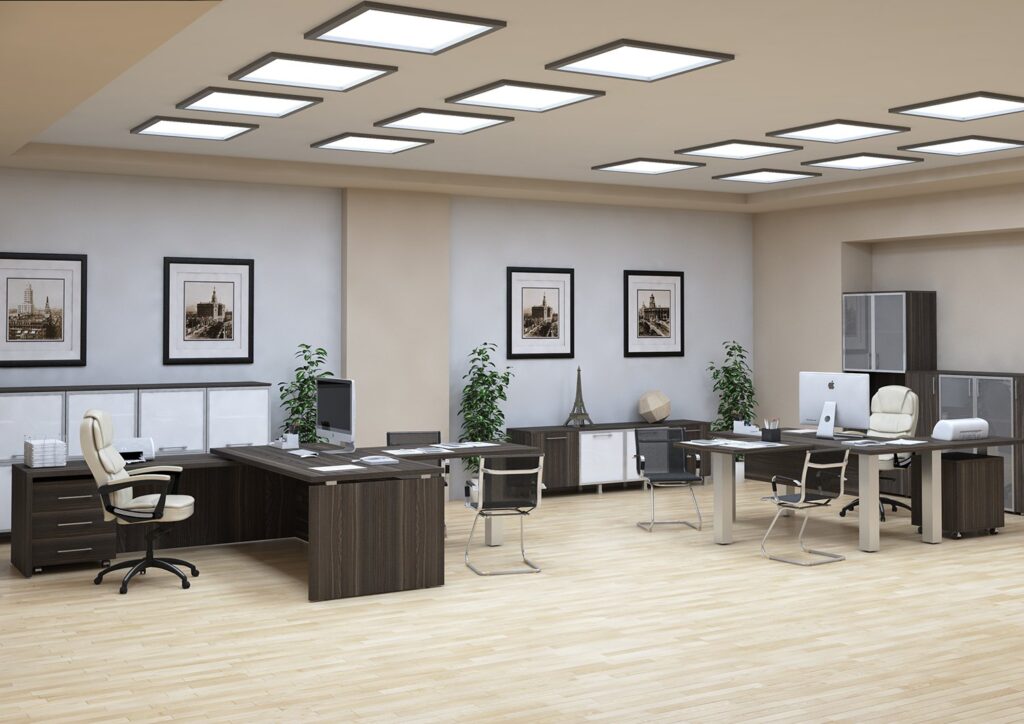Introduction
In a world where competition is fierce and attention spans are short, crafting a compelling brand story is essential for any business. However, the story doesn’t end with your marketing campaigns or product offerings; it extends to your physical workspace, and commercial furniture is a pivotal element in this narrative.
Looking for: Modern commercial furniture Pakistan.
The Significance of Brand Storytelling
Brand storytelling is the art of conveying your company’s mission, values, and unique identity through narratives that resonate with your audience. It creates an emotional connection, fostering brand loyalty and trust. In the modern business landscape, consumers are not just buying products; they are investing in the brand’s story.
The Role of Office Environments
Your office environment is an extension of your brand’s identity. It’s where your employees spend a significant portion of their day and where clients and partners visit. Therefore, it’s essential that your workspace communicates your brand’s ethos effectively.
Commercial Furniture as a Storytelling Medium
Design and Aesthetics
The design of your office furniture should align with your brand’s aesthetics. Whether it’s sleek and modern or rustic and traditional, the furniture’s visual appeal should evoke the emotions and associations you want your brand to represent.
Functionality and Comfort
Apart from aesthetics, functionality and comfort are paramount. Furniture that enhances productivity and well-being tells a story of a brand that cares about its employees.
Sustainability and Corporate Values
Choosing eco-friendly materials and sustainable practices in furniture design showcases your commitment to environmental responsibility, a story that resonates with many modern consumers.
Creating a Consistent Brand Narrative
Consistency is key in brand storytelling. Every element of your office environment, from furniture to color schemes, should reinforce the same narrative. This reinforces brand identity and makes it more memorable.
The Psychological Impact of Furniture
Furniture has a profound impact on the psychology of employees and visitors. Ergonomically designed chairs can communicate a brand’s concern for employee health and comfort, positively affecting morale and productivity.
Customization and Personalization
Allowing employees to personalize their workspace within the framework of your brand’s story fosters a sense of ownership and connection.
Case Studies: Brands that Excel in Office Brand Storytelling
Google’s Playful and Innovative Approach
Google’s offices are renowned for their creative spaces and quirky furniture choices, reflecting the company’s commitment to innovation and out-of-the-box thinking.
Apple’s Minimalism and Attention to Detail
Apple’s minimalist and meticulously designed offices mirror their product philosophy, emphasizing simplicity and quality.
IKEA’s Accessibility and Sustainability
IKEA’s office spaces showcase their accessible and sustainable furniture solutions, aligning with their broader brand message.

Strategies for Implementing Brand Storytelling through Furniture
Choosing the Right Furniture Pieces
Selecting furniture that embodies your brand’s personality is crucial. Whether it’s modular workstations or communal gathering spaces, each piece should have a purpose in your story.
Color and Material Selection
The colors and materials used in your furniture can convey different emotions. Warm woods may evoke a sense of comfort, while sleek metal and glass may project innovation.
Layout and Space Utilization
The layout of your office and how you use the space can be a storytelling tool. Open layouts encourage collaboration, while private nooks can signify focus and concentration.
Employee Engagement and Productivity
Engaged employees who identify with their workspace are more productive. Your brand story, as told through your furniture, can inspire and motivate your team.

Measuring the Success of Your Brand Storytelling Efforts
Assessing the impact of your office’s brand storytelling is essential. Monitor employee satisfaction, productivity, and client impressions to gauge success.
Challenges and Pitfalls to Avoid
While furniture can enhance your brand story, there are challenges to navigate, such as budget constraints, maintaining consistency, and addressing changing employee needs.
Future Trends in Office Brand Storytelling with Furniture
As the workplace evolves, so will the ways in which brands use best commercial furniture to tell their stories. Keeping an eye on emerging trends will help your brand stay relevant.
Conclusion
Incorporating commercial furniture into your brand storytelling strategy for office environments can create a more engaging and cohesive workplace experience. By carefully selecting, designing, and arranging furniture, you can convey your brand’s values and personality, leaving a lasting impression on employees, clients, and visitors.
Searching for: Buy Commercial Furniture Pakistan.
FAQs
- How can I ensure that my commercial furniture aligns with my brand’s story?
- Start by defining your brand’s core values and aesthetics, and then choose furniture that reflects those elements.
- What are some cost-effective ways to incorporate brand storytelling through furniture?
- Consider reusing or repurposing existing furniture and focusing on strategic additions or customizations.
- How does the layout of an office space contribute to brand storytelling?
- The layout can convey your brand’s culture and values, promoting collaboration, focus, or other desired attributes.
- Are there any software tools that can help with office space planning and furniture selection?
- Yes, there are several space planning and design software options available to help you visualize and plan your office layout.
- What are some emerging trends in office furniture and brand storytelling?
- Trends include the use of sustainable and modular furniture, flexible and hybrid workspaces, and technology integration for a more connected workplace.








